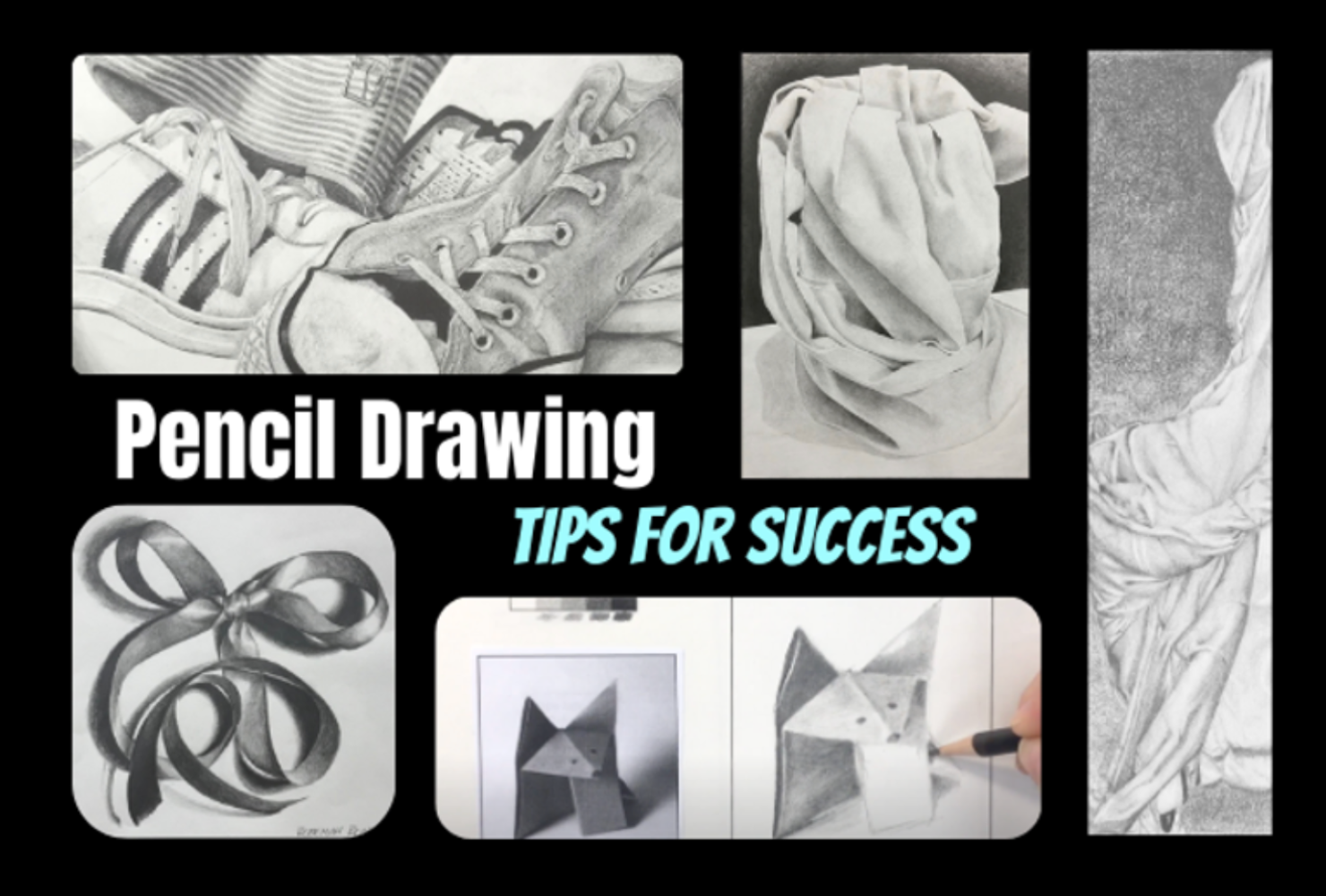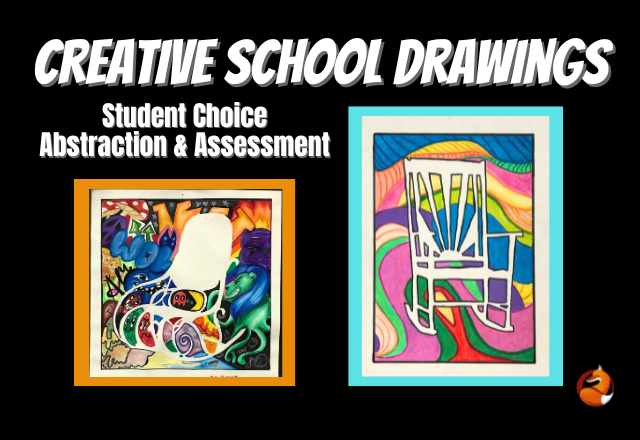Mastering Pencil Sketching: A Scaffolded Approach for Student Success
Pencil sketching is one of the most engaging ways to teach art. With its emphasis on values, transitions, and fine details, pencil drawing captures the essence of artistic magic. More importantly, it’s the quickest way to captivate students and build their confidence. Once students realize they can draw—and do it well—they’re hooked, which leads to an engaged classroom and eager learners.
In my 13 years of teaching, I’ve developed a scaffolded approach to teaching pencil drawing that has proven to be highly effective. You can read hundreds of reviews from teachers on my TpT Shop, who testify to the impact this method has had on their classrooms.
The Power of a Scaffolded Approach
The key to successful art instruction is to scaffold learning. Whether you’re teaching beginner drawing techniques or advanced art concepts, students need time to learn and hone their skills.
Small steps, big victories—this is the guiding principle behind my teaching approach. For beginners and advanced students alike, using a grid system allows them to tackle complex imagery with confidence.
If it’s good enough for Chuck Close, who used the grid method extensively in his works, it’s certainly a great way to teach students how to scale up (or down) their drawings proportionally.
Why the Grid Method Works for Beginners
When teaching beginner drawing, I always ask myself: What do I want students to learn? Once I determine the “what,” I move on to the “how.”
For pencil drawing, I start with a Line Drawing Unit where students focus on developing a critical eye. We build their skills step by step, first with line drawing, then progressing through shapes, negative space, and finally adding value with graphite pencils.
One of the most effective methods for teaching beginners is the Quadrant Method. This technique allows students to divide a reference image into equal parts and scale it up proportionally on their drawing surface. It teaches them how to transfer details accurately, maintaining correct proportions and creating well-balanced compositions.
The “Shoe Frenzy” Project: Engaging Students with Realism
One of my favorite projects to teach is the Shoe Frenzy. This idea was born out of necessity when I needed a quick warm-up activity and told students to stack their shoes on the table for a contour line exercise. The level of student engagement was off the charts, so I decided to revisit the concept later in the semester for our pencil drawing value unit.
Here’s how it works:
- Students take close-up photos of stacked shoes in an open composition.
- Using the Quadrant Method, they scale up their image to an 8×10 picture plane.
- Students then focus on laying down contour lines and gradually adding values using graphite pencils.
The results are always impressive. Even students who aren’t “art kids” produce stunning works of art, thanks to the structured, scaffolded approach.
Steps to Success in Pencil Drawing
For this project, I guide students through the following steps:
- Contour Line Drawing: Begin with a light contour line drawing to ensure correct proportions.
- Value Scale Practice: Create a value scale to practice and check values during the drawing process.
- Lay in Values: Work from light to dark, adding values slowly and with precision.
- Refine Details: Focus on the edges of values, observing whether they are soft or crisp to accurately communicate texture.
Pencil Drawing Tips for a Successful Classroom Environment
- Use the Quadrant Method: Ensure students understand how to use a grid system effectively. This method helps them break down complex images into manageable parts.
- Measure Correctly: Emphasize the importance of correctly aligning the reference photo with the drawing surface to avoid distortion.
- Work Light to Dark: Teach students to always start with light pencil strokes. It’s easier to add values than to erase and correct.
- Keep it Clean: Encourage good craftsmanship by reminding students to keep their work surfaces clean and their drawings smudge-free.
Building Confidence Through Success
The structured, scaffolded approach not only improves drawing skills but also fosters a positive, productive classroom environment. When students experience success in drawing, their confidence soars, and the overall classroom climate improves. The emphasis on careful observation, technique, and gradual skill-building helps students feel capable and engaged.
Explore More Resources and Stay Connected
1. Shop Mrs. T Fox’s Resource Store on TPT
Enhance your drawing curriculum with scaffolded lesson plans, including the Shoe Frenzy Project and other beginner-to-advanced resources. Visit Mrs. T Fox’s Resource Store on TPT to access these classroom-tested tools.
2. Learn with Mrs. T Fox’s Online Courses
Want step-by-step guidance on teaching pencil drawing and other art techniques? Explore Mrs. T Fox’s Online Courses for professional development and actionable teaching strategies.
3. Follow Mrs. T Fox on Social Media
Stay inspired with tips, project ideas, and behind-the-scenes glimpses into the art classroom by following @mrs_tfoxresources on Instagram.


